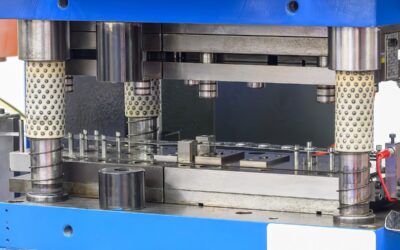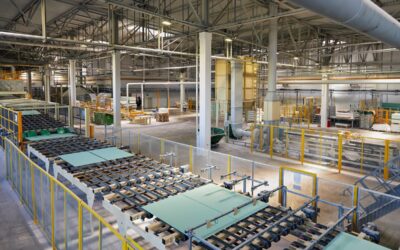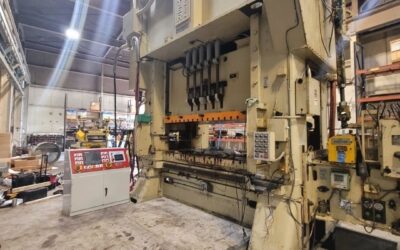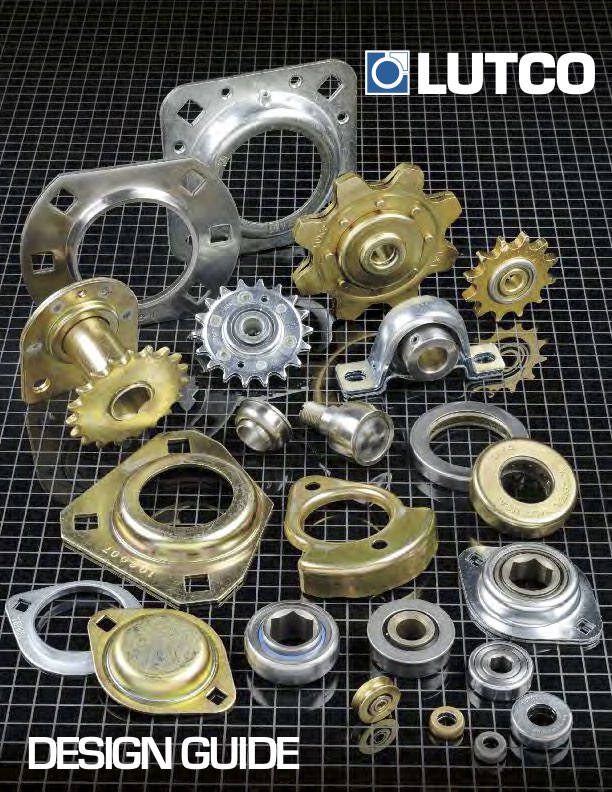Manufacturing process selection is intertwined with part design and the quantity required. Two of the most commonly used processes are metal stamping and CNC machining. While in some applications it’s clear from the outset which is right, in many other cases a good argument can be made for using either. Here’s a look at the pros and cons of each and some tips for choosing the right method for your design and volumes.
Metal Stamping Basics
Stamping is an umbrella term for a set of processes used to turn sheet metal into 2D and 3D shapes. Blanking and drawing operations cut and stretch or deform it in two or three dimensions, respectively.
Stamping operations are performed by tools mounted in a press. Typically, a punch and a die are brought together to blank, bend, and stretch the sheet metal to the shape required. Additionally, piercing can be configured if required. In high-volume operations coiled sheet is continuously fed into the press where progressive tools produce the finished form in a series of steps.
Pros and Cons of Metal Stamping
Stamping’s advantages include:
- High material utilization
- High production rate
The principle limitations are:
- Restricted to thin material (many stamping operations consider ¼” (6mm) the upper limit although Lutco can stamp thicknesses up to 0.375” (9.5mm).)
- Usually requires complex tools that must be specially made for each part to be produced
- Not all materials have sufficient ductility for stamping
- Material springback limits the tolerances that stamping can maintain
CNC Machining Processes
Machining processes cut metal away from a solid bar, tubing, billet, or casting to produce the shape required. Machining processes are generally either prismatic, meaning the workpiece is fixed, or cylindrical, where the workpiece rotates. Milling is the prime example of a prismatic process that cuts straight planes while turning and grinding to produce cylindrical workpiece geometries.
CNC — Computer Numerical Control — refers to how the machine tools are controlled. In a CNC machine, each axis of motion is driven by a motorized spindle. These spindles (there may be several) are controlled by a computer program that moves each one to produce the required geometry.
Pros and Cons of CNC Machining
The principal advantages are:
- Yields complex 3D parts and can hold very tight tolerances on critical features
- All metals can be machined (although some may require specialized cutting tools and conditions)
- Cutting tools are mostly inexpensive consumable items (there are exceptions)
- Good control over surface finish
Major limitations of CNC machining are:
- Material utilization, (which is dictated by part design,) can be low
- Production rate is limited by metal removal rate (which can be low on some materials)
- Machined parts may need to pass through multiple machines and setups (again, this is design-dependent)
What to Consider When Choosing Metal Stamping or CNC Machining
Four factors to consider are:
- Quantities required
- Part geometry
- Part tolerances
- Material
How Quantities Impact Manufacturing Process Selection
Metal stamping is much faster than CNC machining and would be preferred were it not for the time needed to get a press ready to run. Depending on tooling size and complexity, this setup time can run into hours.
In comparison, CNC machines have quicker setup times, although a part program must first be produced using the CAD file.
A second consideration is tooling cost and lead time. In a process that can take weeks, press tools are constructed from very hard grades of tool steels. Lutco often uses electro-discharge machining (EDM) before being ground and polished to the required form. In contrast, CNC machine tools generally use disposable cutting inserts that are kept on the shelf ready for use.
Part Geometry Effects
Some complex shapes cannot be stamped. Engine blocks and cylinder heads are examples, and many housings and valve bodies would also fall into this category.
Some stamped parts may go through secondary machining operations. This is often to achieve specific dimensions or tolerances on particular features as well as surface finishes.
Machining imposes fewer limitations on part geometry. There is however always a requirement for the cutting tool to have access to the feature being machined, and for relative motion between the two.
For both stamping and machining, process constraints may mean that a part must be assembled from several components.
Part Tolerance Impacts
Precise stamping tools and tight control over material quality have greatly improved the consistency of stamped parts but tight tolerances remain challenging. CNC machining is capable of maintaining tighter tolerances and might be used as a secondary process for specific features.
Material Properties
Metals need ductility if they are to be stamped without cracking. Sometimes this can be put in through heat treatment but many very hard metals just aren’t suitable. Thickness is another limitation as thicker sheet needs far more force to pierce and deform. This requires bigger machines and more robust tooling.
As a counterpoint, it’s very difficult to hold thin sheet metal pieces for machining; they tend to distort under the clamping loads needed to resist the cutting forces.
Metal Stamping vs. Machining: Which is Right For my Parts?
This usually comes down to quantities and part design. Where possible, designing high production volume parts as stampings minimizes production costs.
The higher material utilization of stamping helps keep costs down. This is particularly important when working with more expensive specialty materials or exotic alloys.
Machining is generally used to produce complex parts that require multiple operations to complete, tight tolerances (in the vicinity of .0001” or 2 ½ um), and control over surface finish.
Lutco: Experts in Metal Stamping and Machining Techniques
Because we use both metal stamping and CNC machining Lutco can offer unbiased advice on which process to design for and select. Combining the experience of our toolmakers, the technical know-how of our engineers, and the latest design and simulation software eliminates potential pain points and helps our customers compete globally. Contact us for more information.







